![]()

by Simplicius The Thinker
The weekend’s standout story comes by way of Edward Luttwak, one of the so-called ‘premier military theorists’ in the West, openly calling for NATO intervention in Ukraine, lest the West suffer a “catastrophic defeat”:
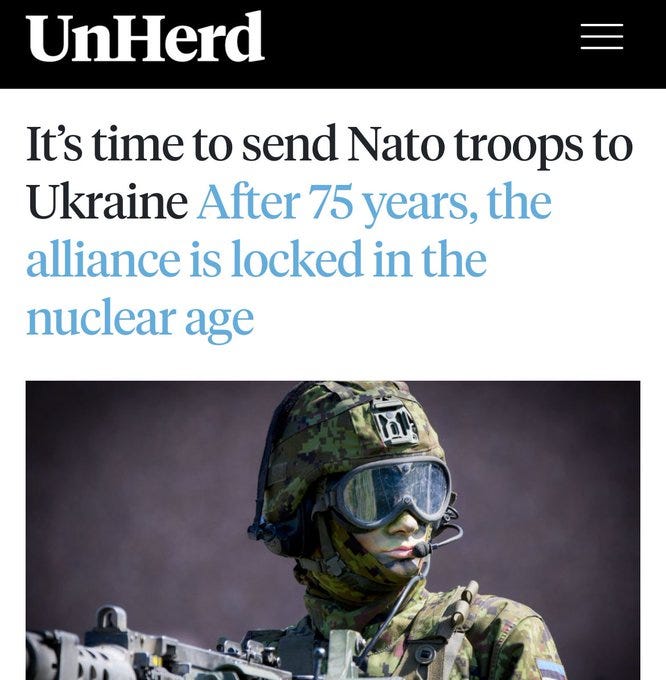
Luttwak has been an advisor for U.S. presidents and the U.S. military, as well as other world militaries. He’s also served in the IDF, which could explain his brazen machismo and lack of concern for morality or global safety. Many in the ‘beltway’ consider him a sort of modern Clausewitz, though it seems more like he’s just the military version of constitutional law’s Alan Dershowitz—i.e. a mediocrity elevated to god-like status for racial reasons owing to his valence to Zionist supremacy.
But despite what I may think of him, his noteworthy call for NATO troops in Ukraine must be given the tribune of analysis if only for his influence in the very policy centers and control mechanisms in Washington that could make such a move happen. An earlier Spectator piece writes: “When Edward Luttwak speaks, world leaders listen — and now they must consider heeding his advice on Ukraine.” And so we must listen too.
But more notable than the eye-catching quote that’s got everyone talking is Luttwak’s claim that NATO countries are already in the early stages of planning various types of contingents to be sent to Ukraine:
This arithmetic of this is inescapable: Nato countries will soon have to send soldiers to Ukraine, or else accept catastrophic defeat. The British and French, along with the Nordic countries, are already quietly preparing to send troops — both small elite units and logistics and support personnel — who can remain far from the front. The latter could play an essential role by releasing their Ukrainians counterparts for retraining in combat roles. Nato units could also relieve Ukrainians currently tied up in the recovery and repair of damaged equipment, and could take over the technical parts of existing training programmes for new recruits. These Nato soldiers might never see combat — but they don’t have to in order to help Ukraine make the most of its own scarce manpower.
Interestingly, he frames everything around the urgency of an imminent Chinese attack on Taiwan, which further adduces his poor analytical abilities. This snippet from a previous article on Luttwak tells you everything you need to know about him:

Either way, in light of his statements on NATO members preparing contingents for Ukraine, we have the following from Stephen Bryen:
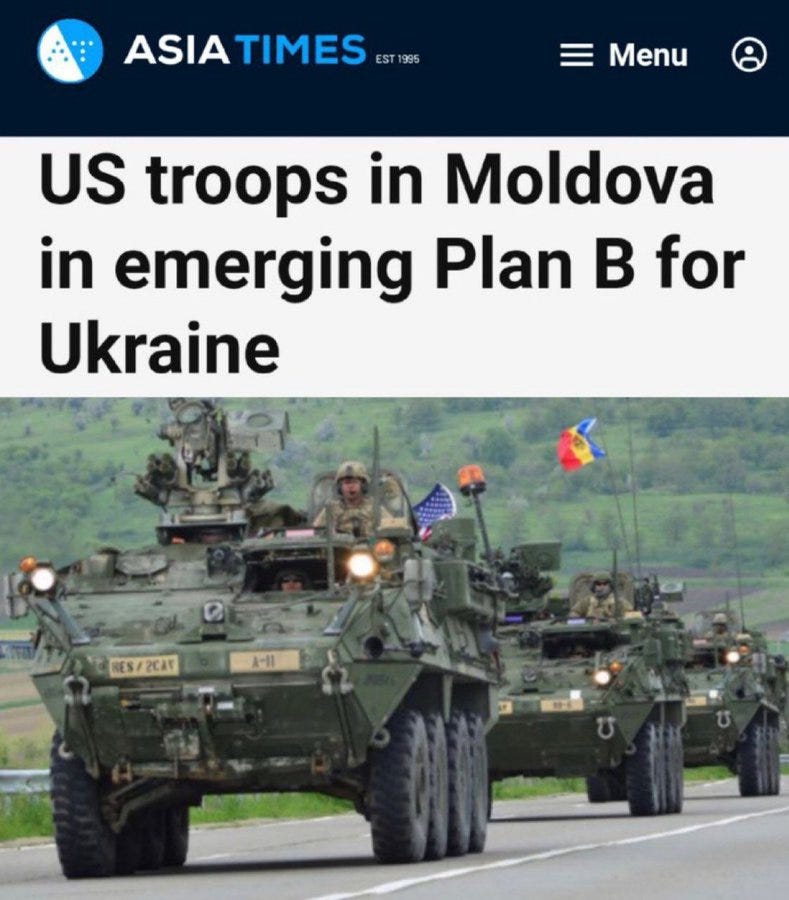
He writes that U.S. and Romanian troops are presently in Moldova for Joint Command Exchange Training and extrapolates that into the theory that Moldova is being prepped as a staging area to potentially take Odessa in the future. This comes after another drone attack on a radar installation in Pridnestrovie yesterday.

Not to mention this rumor:
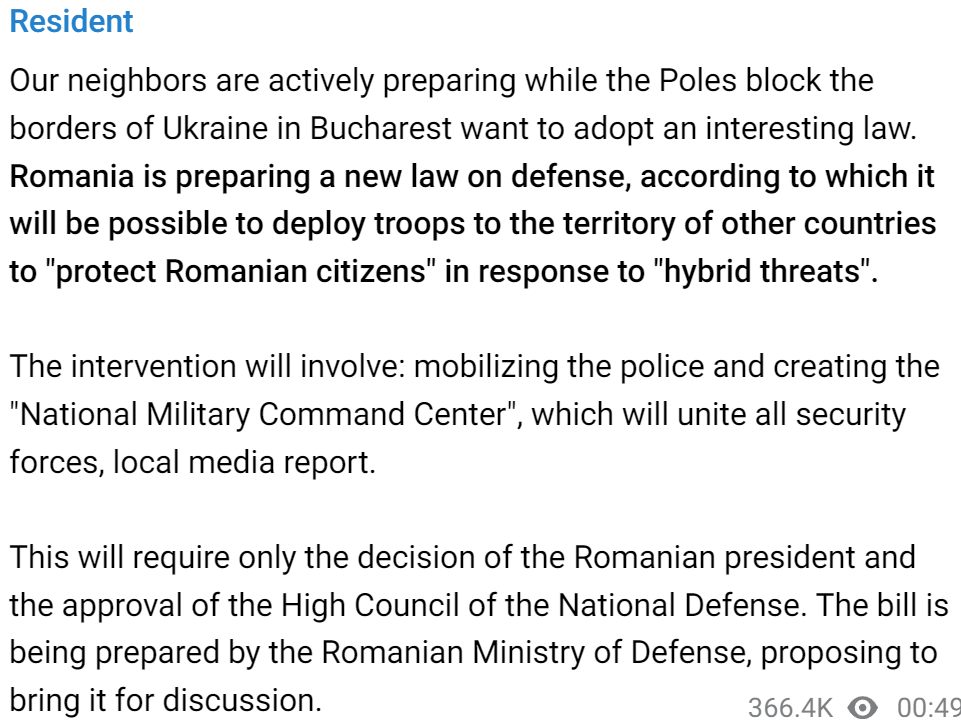
I had mentioned in the comments the other day that there are rumors Russia is preparing a campaign for this summer of utilizing Su-34s for the first time to launch mass UMPK glide-bomb attacks on the Odessa and Ochakov regions from the Black Sea. It’s an interesting rumor in light of these developments as it brings to question whether it’s Russia upping the ante after latest signals of NATO’s increasing salivation over Odessa—or vice versa, NATO is getting nervous for the very reason that they realize Russia is set to increase the pressure on Odessa.
Two days ago Poland’s foreign minister Sikorski stated that NATO would establish an official “mission” in Ukraine:
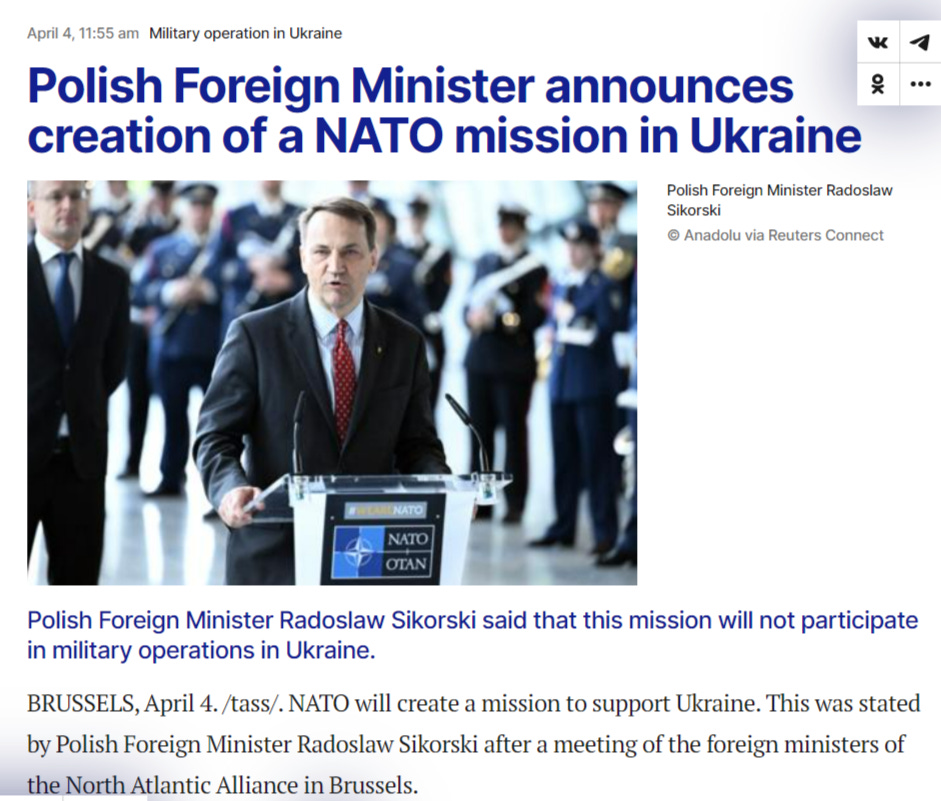
Which he claims does not mean they intend to send troops, necessarily, but rather that they can begin to officially coordinate amongst each other as an alliance in helping Ukraine—or so he says.
Just days before the Luttwak piece, Unherd published this other gem:
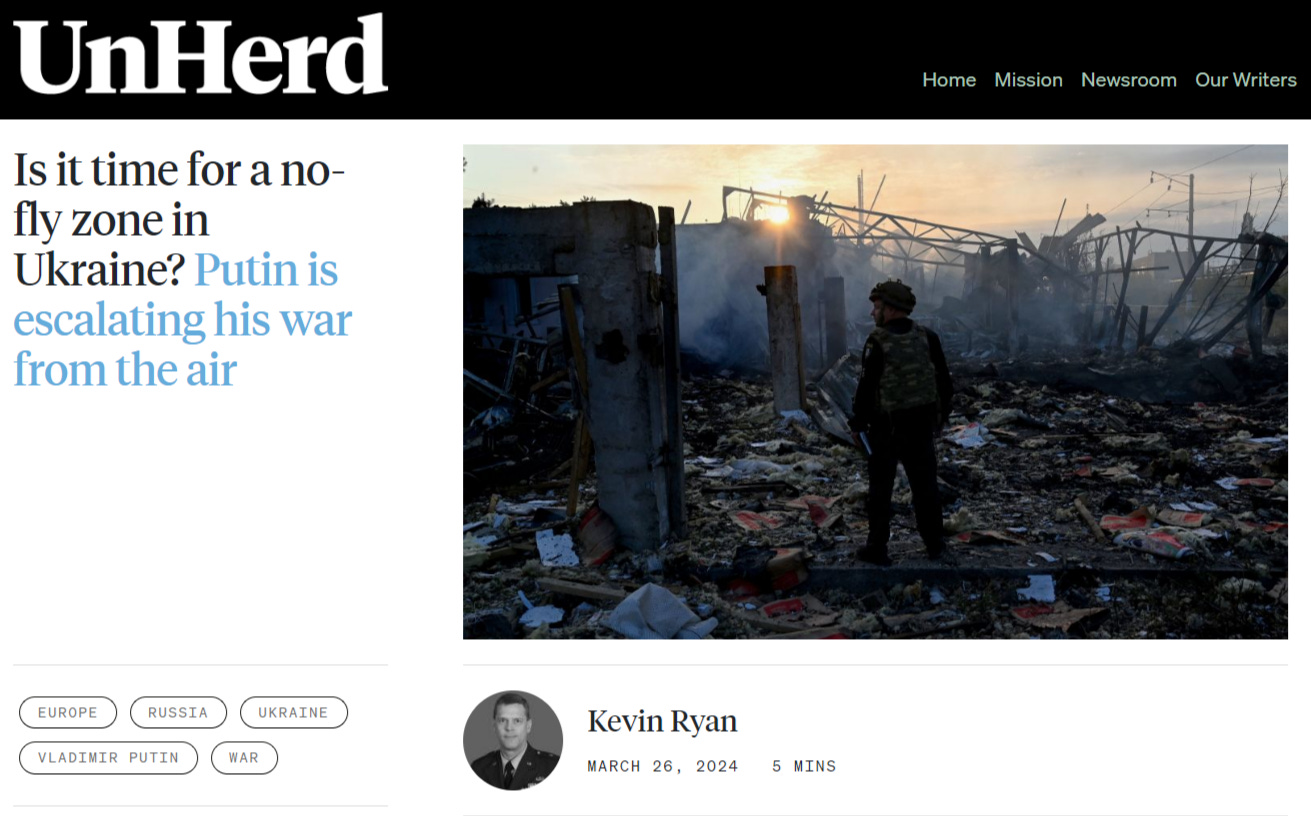
The article sneakily disguises a call for NATO to assume control of everything West of the Dnieper River by couching it as merely providing air cover. The author thinks NATO should defend all Ukrainian cities west of the Dnieper with actual NATO troops and air defense systems. He argues this isn’t much of a threat to Russia as they would only be shooting down Russian missiles and unmanned systems and not killing Russian pilots, who do not stray beyond the Dnieper.
In many ways, all such recent calls appear to be disguised attempts—in one form or another—of floating the trial balloon of Ukrainian partition. Why are they going about it this way? Because to outright say the word partition would be a devastatingly demoralizing blow to Ukraine, and would be rejected straightaway by Zelensky and co. But to first slip the idea in subtly and diplomatically, they’ve dressed it up as some heroic act of loyalty and allegiance, when in reality you can hear the burbles of talks growing louder recently about the inevitability of partition being the only realistic solution.
Recall I had already reported that once again, a new NATO summit this summer aims to dangle membership in front of Zelensky—just as they did last summer—and this time there’s rumors increasingly heavier ‘hints’ will be imparted about parting out Ukraine in exchange for such promises. We wrote when Macron first floated French deployment that part of the reasoning could be to merely secure the Dnieper to force a Korean style DMZ partition onto a recalcitrant Putin. In some ways it would be a perfect crowning ‘victory’ for NATO, which would allow them to sell it as their having stopped Putin in his tracks without firing a shot.
This common thread plays into what I wrote last time about the rumored ‘October Surprise’, where Ukraine could declare its new borders without Donbass. It seems a lot of movements appear to be heading toward this NATO-backed attempt to strongarm Russia into a DMZ. When would it happen? Precisely when Russian forces begin “breaking through” Ukrainian lines in force, presumably if and when Russia launches the much heavier offensives everyone expects in a few months.
But what’s important to note, is that no one country wants to be left to take the brunt of the Bear’s retaliation alone; nor even two or three of them together. That means such an action would likely only occur if a coalition of scaredy-cats was formed, and the chances of that are not great.
On that note, Luttwak ends his own earlier article with the following watery admission:
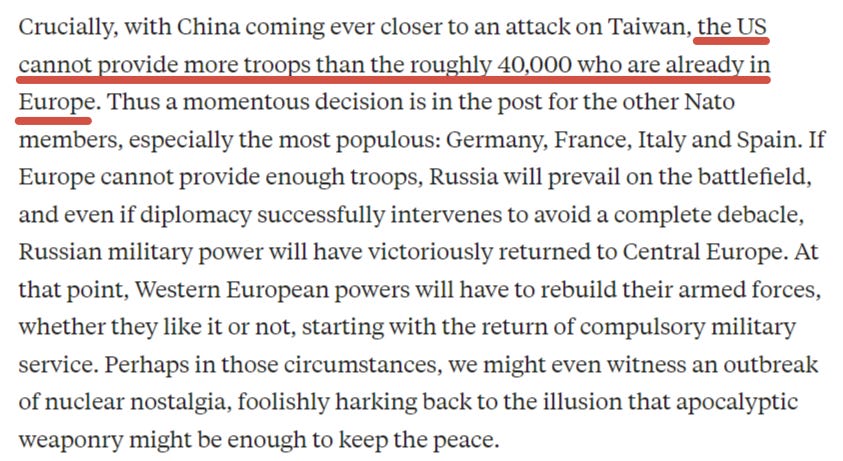
So, U.S. could provide a max 40k troops—recall most of the 101st stationed in Romania had already been redeployed to Jordan last year. Luttwak agrees that it would take most of the main NATO stalwarts for this plan to work, and they have already signaled a no-go. All combined, those countries could provide maybe 150-250k troops maximum, and that’s on the optimistic end. Meanwhile, Russia already has an entire fresh 500k man army raised by Shoigu waiting for them, which was created precisely to counter-act the new NATO threats, as I reported long ago. That’s not to mention hundreds of thousands of more reserves troops, including the conscript forces and national guard, that Russia could bring to bear if worse came to worse.

